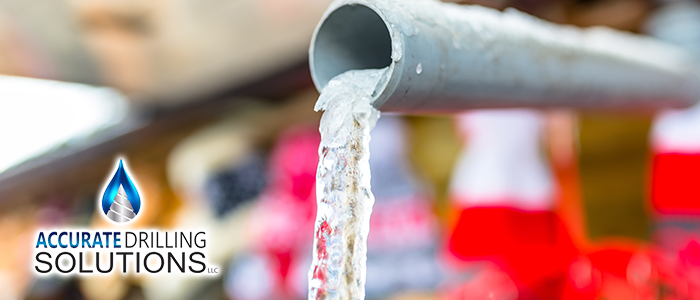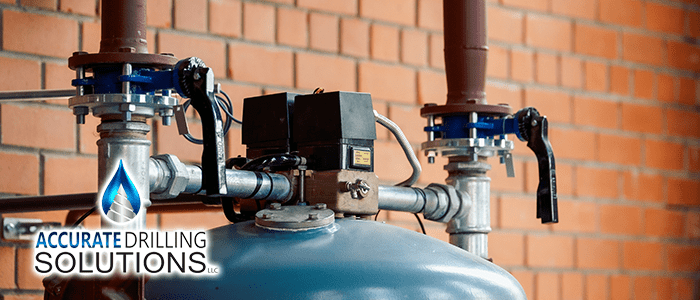
Florida has a pretty consistent wet season. A common joke during the wet season of Florida is that a person can set their clocks to the afternoon thunderstorm in the summer. Despite the generally consistent wet season, Florida suffered from droughts in the past, which might happen again due to climate change. In this article, we discuss the impact that droughts have on well and how you can start drought proofing your well.
Impact Droughts Have on Wells
Shallow wells or wells built near the ground surface, rely heavily on rainwater, which makes drought proofing all the more important for these types of wells. These wells are most impacted in the availability of water on the surface and as such will also be impacted during a drought. Drought conditions are less likely to impact deeper wells, assuming the aquifer the well is pulling the water from can retain its recharge abilities.
Depth Matters
The depth of a well will be a major factor in whether drought will impact the usage of the well. AS mentioned already, shallow wells are more susceptible to droughts since the primary source of recharge is from rainwater. Since a drought means little to no rain, this impacts shallow wells since there is no source to replenish the aquifer. Deeper wells, on the other hand, tap into aquifers recharged from another source other than rainwater. This makes deeper wells more resistant to droughts however identifying those deep aquifers is very difficult and might be cost-prohibitive. It is also important to note, that if a deep well is impacted by drought, given the depth, it takes longer for the well to recover.
Water Conservation Matters
Water conservation is very important and should be practiced at all times, not just in times of droughts. By conserving water, a person can ensure that the aquifer has adequate time to recharge itself or at minimum, ensure that the water in the aquifer is not stressed.
What Happens if the Water Level in the Aquifer is Too Low?
If the water level in the aquifer drops to a low level, this will cause the well pump to “pump dry”. A well will pump dry when the water levels are too low or the pump is too high to reach the water. If a well continues to pump dry, then the well pump might break and need to either be repaired or replaced. Additionally, the rest of the well plumbing system might sustain damage as well. It might be possible to lower the well pump further down the well shaft to take advantage of the deeper water source. If the pump is too low, however, then the well might pump up sediment from the bottom of the aquifer.
Landscaping Also Plays a Role
The landscape plays an important role in preventing droughts from impacting wells. By keeping native plant species and incorporating natural wetlands into the landscape, ensures that the plants utilize a normative amount of water for hydration and allows for reservoirs to collect runoff to discharge back into the aquifer.
Water Tanks
Water tanks store excess water. This excess water, properly treated, can be used all year round. It will lower the stress on the aquifer and give the aquifer more time to recharge, thus allowing for longer use and more resistance to droughts. Water tanks are one of the most effective methods of drought proofing your wells. Even if it cannot pull from the aquifer, it can pull from the tank.
Contact Accurate Drilling Solutions
If you are concerned about whether your well will be impacted by drought, contact Accurate Drilling Solutions for a consultation. We will take a look at your current well system and determine what changes, if any, can be done to make your well more drought resistant.
continue reading
Related Posts
Tampa Well Water Quality: Your Complete 2025 Guide Well water
Addressing Water Pressure Issues in Wells: Expert Solutions Water pressure
Benefits of Water Filtration Systems for Well Owners in Central





